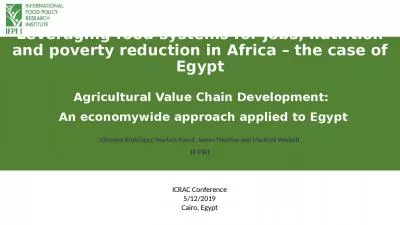PPT-Egypt, WWI, and its aftermath
Author : phoebe-click | Published Date : 2017-04-09
By Erin Smith Robert Hardmond and Chad Wynne Part of the Ottoman empire until 1914 British had been in charge since 1882 The War Protect Suez Staging point for
Presentation Embed Code
Download Presentation
Download Presentation The PPT/PDF document "Egypt, WWI, and its aftermath" is the property of its rightful owner. Permission is granted to download and print the materials on this website for personal, non-commercial use only, and to display it on your personal computer provided you do not modify the materials and that you retain all copyright notices contained in the materials. By downloading content from our website, you accept the terms of this agreement.
Egypt, WWI, and its aftermath: Transcript
Download Rules Of Document
"Egypt, WWI, and its aftermath"The content belongs to its owner. You may download and print it for personal use, without modification, and keep all copyright notices. By downloading, you agree to these terms.
Related Documents

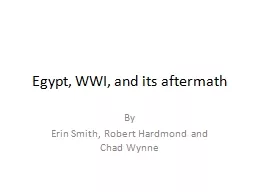
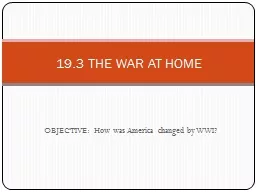

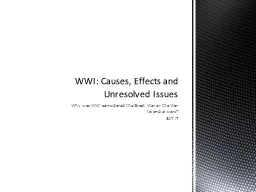




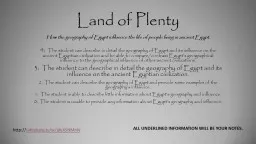
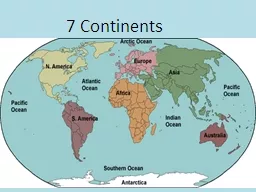
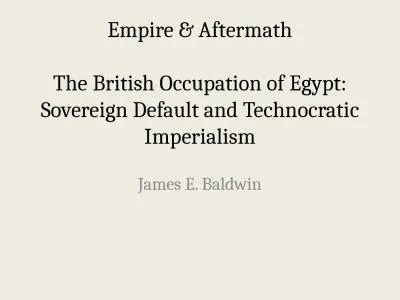

![Read ebook [PDF] My Neighbor, My Enemy: Justice and Community in the Aftermath of Mass](https://thumbs.docslides.com/1017577/read-ebook-pdf-my-neighbor-my-enemy-justice-and-community-in-the-aftermath-of-mass-atrocity.jpg)
